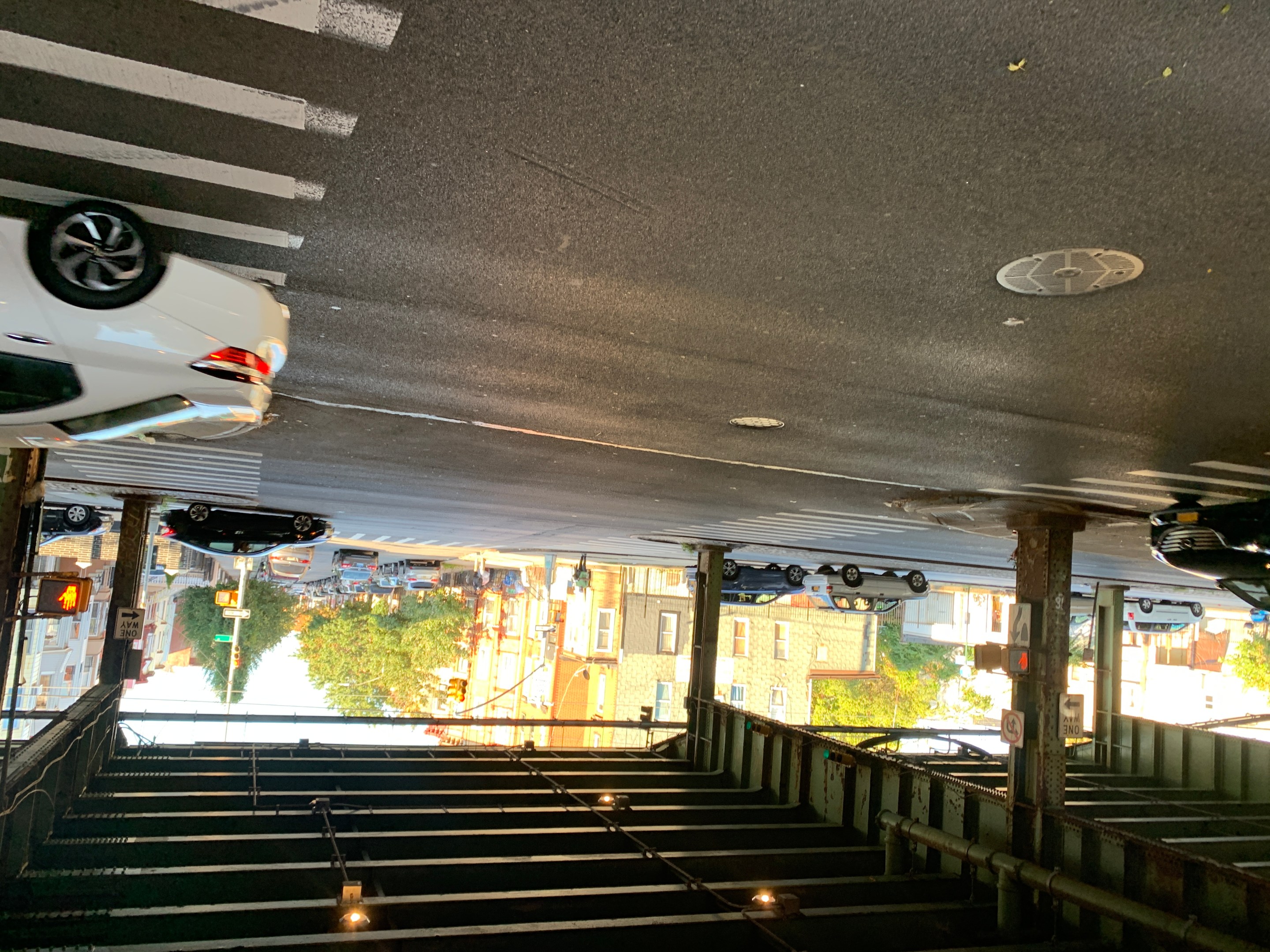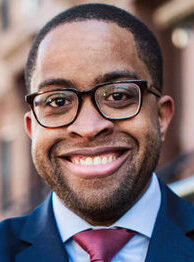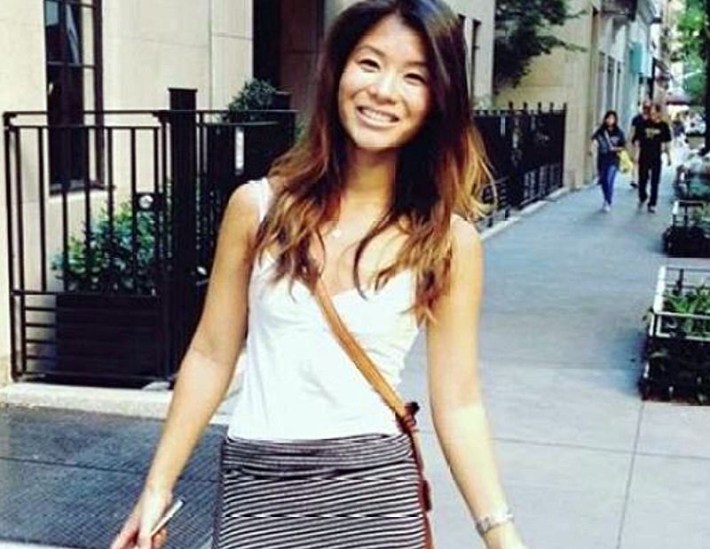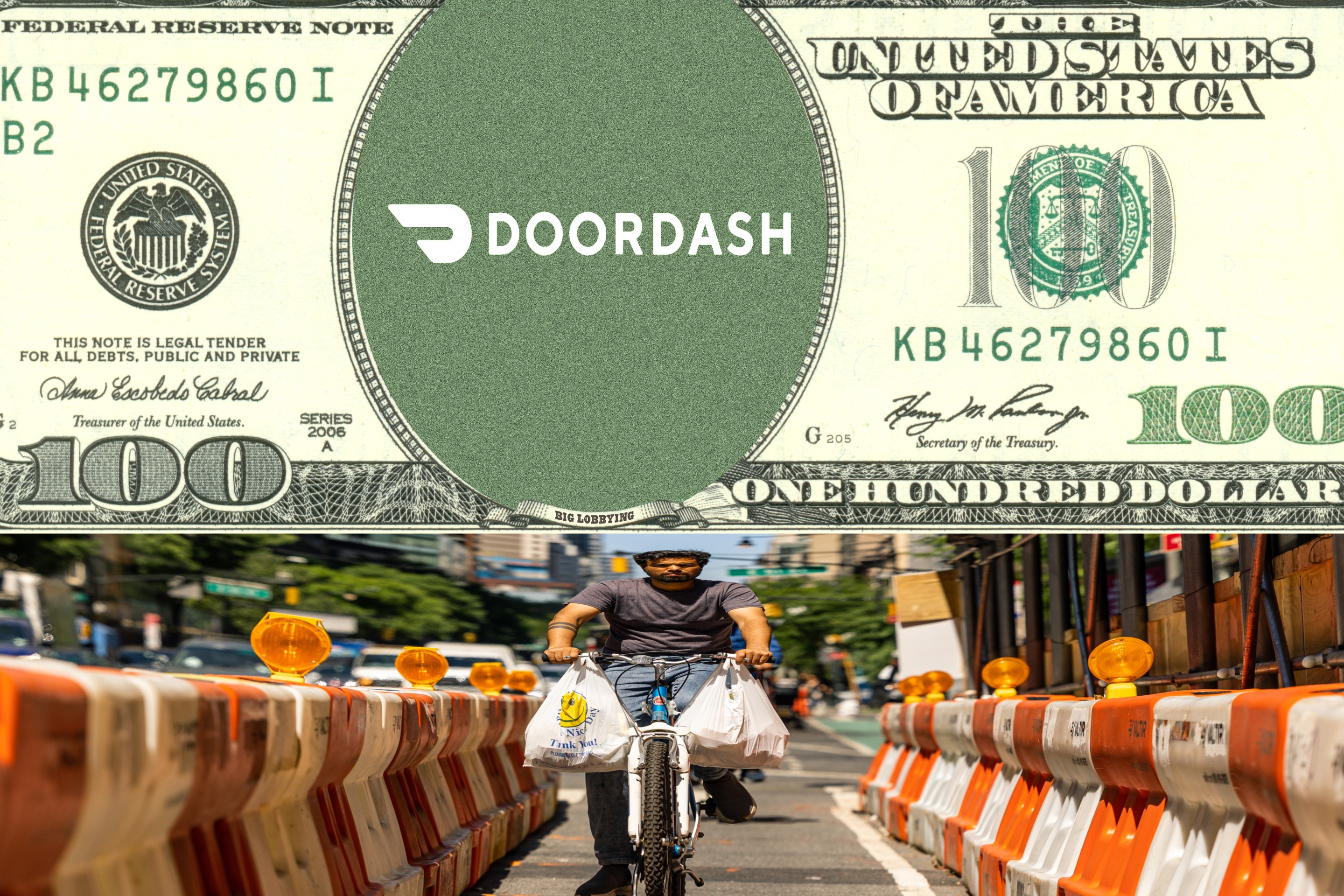Last month, we tragically lost a Brooklyn nurse, Clara Kang, who risked her health caring for New Yorkers during the most deadly pandemic in our lifetimes. But Clara didn’t die from COVID-19; she was killed while cycling home on Third Avenue in Sunset Park from her shift at NYU-Langone Hospital.
Clara was the fifth cyclist or pedestrian killed in a crash along this dangerous, multi-lane road since 2019. Without an aggressive response from our city and state, however, I fear she will not be the last.
So I am calling for immediate measures to calm traffic and ensure safety on Third Avenue for pedestrians, cyclists, and motorists alike. The city immediately must create temporary protected bike infrastructure there — similar to the lanes it recently put in my district along Flatbush Avenue. This infrastructure should include safe routes running east/west to and from Third Avenue, thereby enabling meaningful access to what is an important route for bike commuters and delivery cyclists.
The unsafe conditions on Third Avenue, sadly, constitute part of a pattern. The city has neglected Sunset Park and its lower-income communities of color for far too long — as has been pointed out by community advocates such as UPROSE.
Rep. Nydia Velazquez, who represents Sunset Park, secured federal funds more than a decade ago for road-safety improvements, including bike lanes, in the area, but the Department of Transportation only started on the project recently.
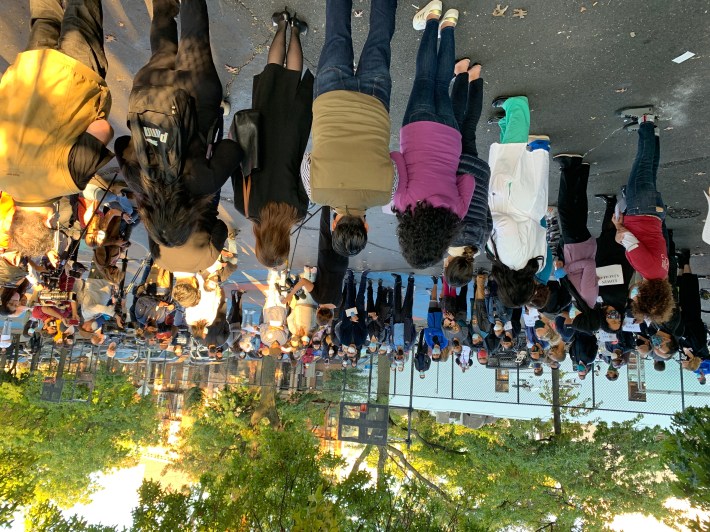
Even now, the project does not extend to the most dangerous stretch of Third Avenue — which also happens to be the lower-income, largely Latino section of the neighborhood most in need of safer streets. The local community board has been asking the city to complete a traffic study along Third Avenue for years, to no avail.
Even in a borough that desperately needs safer streets, Third Avenue stands out for its dangers. Last year, according to Crashmapper, there were 532 crashes, resulting in 191 total injuries, including to 11 cyclists and 13 pedestrians, on Third Avenue between 20th and 58th streets.
Much of Third Avenue, including the section I represent in the State Senate, runs underneath the Gowanus Expressway and is plagued by speeding cars and trucks. Sunset Park’s commercial mix includes many businesses dependent on car and truck traffic, including auto mechanics and car washes.
Visibility is low under and around the expressway, especially at night, and the speed and traffic on Third Avenue creates potholes and other dangerous conditions faster than they can be repaired. To the west of the expressway, massive freight infrastructure exists or is in development — including the largest last-mile distribution center in the country. Truck traffic and congestion on and around Third Avenue is only likely to increase.
Critically, the state and city divide the responsibility for maintaining and patrolling the area. The DOT and the Department of Sanitation enforce traffic safety and maintain clear conditions on public streets and intersections and at the legal parking areas along some sections of Third Avenue under the expressway. New York State, however, controls other medians there — and illegal parking and other unsafe conditions are common at those locations, where the city agencies don’t operate.
The city and state must better coordinate maintenance and cleaning projects to ensure the road underneath the Gowanus remains clear and free of abandoned vehicles and other debris.
The city has made some safety improvements to Third Avenue as part of Vision Zero — by reducing the speed limit from 30 to 25 miles per hour, cleaning up some crosswalks, and giving pedestrians a head start at traffic lights crossing the wide avenue. But more must be done.
The pandemic has upended our lives in ways that make reliable and safe pedestrian and bike infrastructure even more important. More people are driving, but more are walking and biking, too — trends that require an adaptive and coordinated government response. More people than ever depend on package delivery, with holiday gift-giving season just around the corner — which means more trucks are on our streets.
New York should honor Clara Kang and others killed in deadly traffic crashes by working to ensure our streets are as safe as possible for everyone.
Zellnor Myrie represents Sunset Park and other central Brooklyn neighborhoods in the State Senate.
